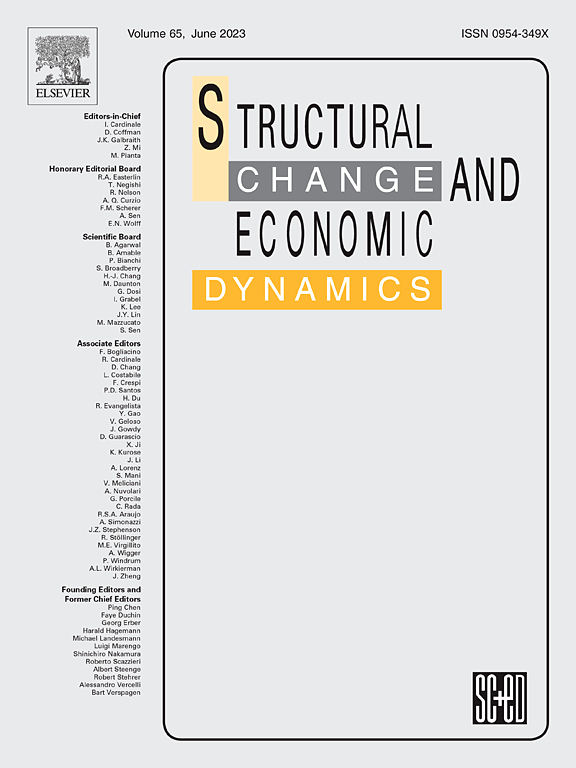中国碳排放交易制度对能源公平的影响
IF 5.5
2区 经济学
Q1 ECONOMICS
引用次数: 0
摘要
能源公平已成为全球关注的问题之一,碳排放交易制度可能对能源转型和能源公平产生影响。为此,本文提出了能源公平的指标,并构建了空间差中差模型,揭示了中国cet对能源公平的影响机制。研究结果表明,中国高考在成本分配上不存在不公平现象,而只在试点地区存在不公平现象。具体而言,中国的cet在试点地区平均显著减少了9500万吨二氧化碳排放量,但在2011年至2021年期间,试点地区的城乡用电量差距明显加剧。同时,中国的cet对临近试点地区的能源公平没有显著影响。进一步分析表明,促进技术创新和政府干预可以缓解这种利益分配不公。本文章由计算机程序翻译,如有差异,请以英文原文为准。
The impact of China’s carbon emissions trading system on energy justice
Energy justice has become one of the global concerns, and carbon emissions trading system (CETS) is likely to have an impact on energy transition and energy justice therein. Therefore, this paper proposes the indicators for energy justice, and then develops a spatial difference-in-differences model to reveal the impact mechanism of China’s CETS on energy justice. The results indicate that China’s CETS does not cause injustice in cost distribution but in benefit distribution in and only in pilot regions. Specifically, China’s CETS has significantly reduced CO2 emissions by an average of 95.0 million tons in the pilot regions but significantly exacerbated the urban-rural electricity consumption inequality in pilot regions from 2011 to 2021. Meanwhile, China’s CETS has no significant impact on energy justice in neighboring regions of pilots. Further analysis shows that promoting technological innovation and government intervention can ease this distributional injustice of benefits.
求助全文
通过发布文献求助,成功后即可免费获取论文全文。
去求助
来源期刊

Structural Change and Economic Dynamics
ECONOMICS-
CiteScore
9.60
自引率
4.90%
发文量
159
期刊介绍:
Structural Change and Economic Dynamics publishes articles about theoretical, applied and methodological aspects of structural change in economic systems. The journal publishes work analysing dynamics and structural breaks in economic, technological, behavioural and institutional patterns.
 求助内容:
求助内容: 应助结果提醒方式:
应助结果提醒方式:


